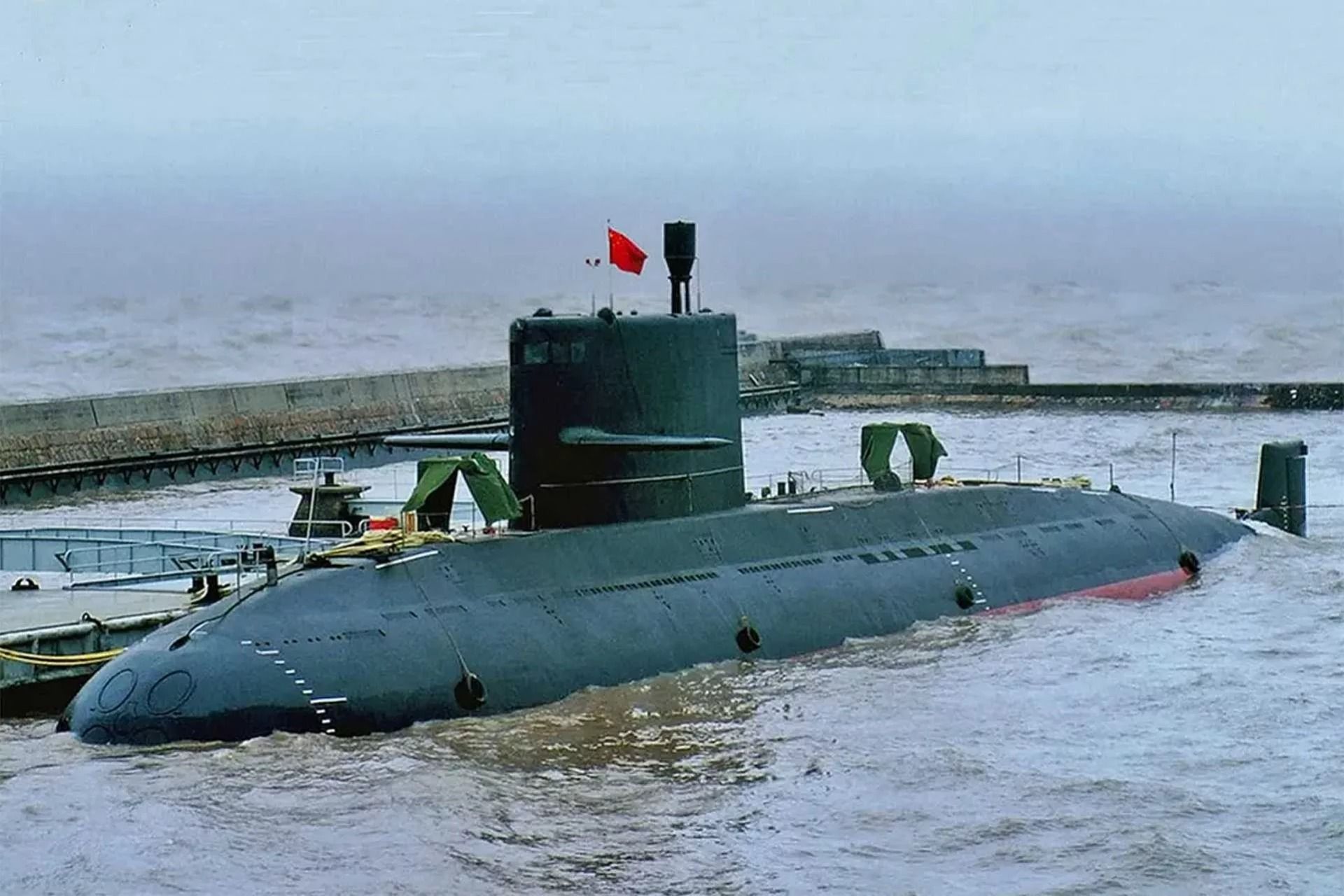Breaking News
China Proposes Transfer of Former Chinese Navy’s Type 039A ‘Yuan’-Class Submarines to Indonesia.
On June 12, 2025, there is some speculation on the foreign media that Beijing has quietly proposed transferring three ex-People’s Liberation Army Navy Type 039A “Yuan”-class attack submarines to Indonesia, a prospect first hinted at during the Indo Defence 2025 Expo in Jakarta. The move would give the Indonesian Navy an interim underwater punch at a moment when its ageing Type 209 fleet faces mounting availability problems and the long-awaited Scorpène Evolved programme has yet to take effect. The offer, reported by several defence outlets covering Indo Defence, adds urgency to Indonesia’s search for stop-gap hulls and underscores the subtle realignment at play in Southeast Asian procurement circles.
Follow Army Recognition on Google News at this link

Indonesia now faces a calculated choice: accelerate near-term deterrence with Chinese Yuan-class hulls or hold out for the higher-end but slower-arriving Scorpène Evolved (Picture source: Wikimedia)
The Yuan-class boats displace about 1,850 tonnes surfaced and 2,300 tonnes submerged, employ an air-independent propulsion module developed by China’s 711 Institute, and field six 533 mm tubes capable of launching heavyweight torpedoes and YJ-series anti-ship cruise missiles. Designed for littoral stealth yet capable of blue-water patrol, the class is regarded as one of the quietest non-nuclear submarines in PLAN service.
Conceived in the early 2000s as a successor to the Song class, the Yuan line has evolved through successive A, B and C variants that introduce flank arrays, reshaped sails and improved coatings, giving China an export-ready design later adapted into the S26T sold to Thailand and Pakistan. The current proposal is notable because it involves decommissioned PLAN hulls rather than a new-build export model, dramatically shortening delivery time but also signalling Beijing’s willingness to deepen operational ties with Jakarta.
Set against France’s Scorpène Evolved, ordered by Indonesia in 2024 yet unlikely to arrive before 2030, the Yuan offers rapid availability but forgoes the lithium-ion battery architecture that underpins the French boat’s 12-day submerged endurance and 72-metre hull optimized for blue-water missions. The French design exceeds 20 knots submerged, carries the SUBTICS combat system and maintains a low acoustic signature through full-LIB propulsion, whereas the Yuan relies on proven AIP technology but shorter endurance between snorkelling cycles.
Strategically, accepting ex-PLAN submarines would let Jakarta reconstitute a credible deterrent in the Natuna Sea while signalling flexible engagement with China even as it remains committed to a longer-term Franco-Indonesian industrial partnership. For Beijing, placing PLAN hulls in Indonesian colours expands influence in a maritime choke-point astride the South China Sea and the Malacca Strait without permanent basing rights, an inexpensive way to shape undersea balances.
Indonesia’s interest in both Chinese and French boats epitomises its multi-vector defence posture: a deliberate spread of suppliers spanning NATO members, Russia, China, Türkiye and South Korea. Jakarta treats procurement as a form of hedging, leveraging technology transfers, offsets and diversified supply lines to preserve strategic autonomy and ASEAN neutrality while averting sanctions exposure or single-source dependency. This retail approach grants resilience and bargaining power as great-power competition intensifies in the Indo-Pacific.
Indonesia now faces a calculated choice: accelerate near-term deterrence with Chinese Yuan-class hulls or hold out for the higher-end but slower-arriving Scorpène Evolved. Whichever path Jakarta chooses will reverberate across regional alignments, testing its ability to balance great-power overtures while keeping sovereignty and strategic flexibility at the centre of its defence modernisation.


























